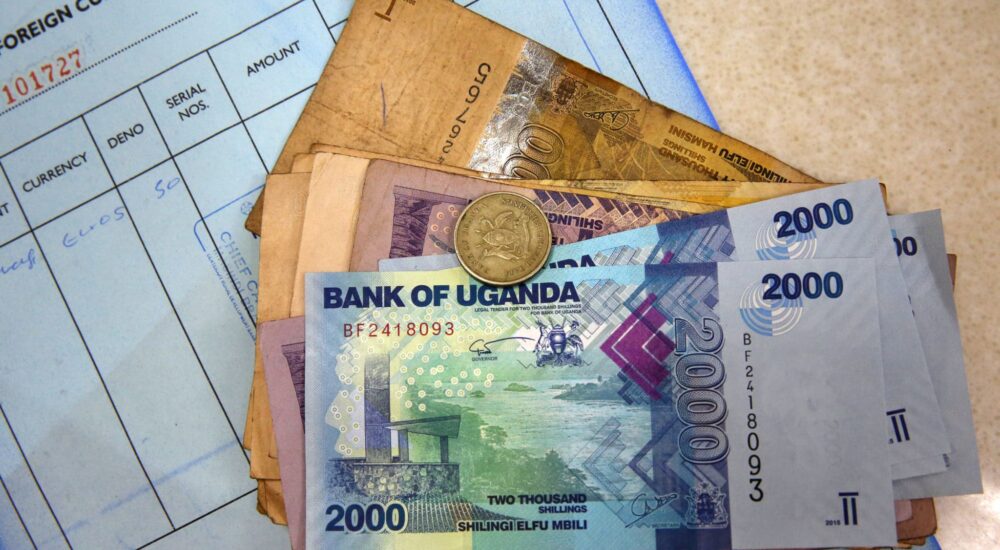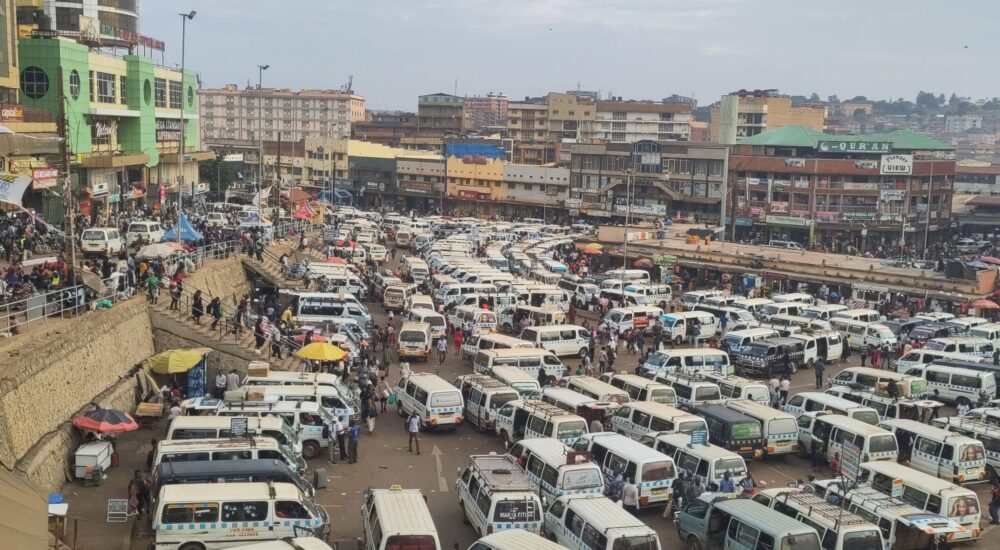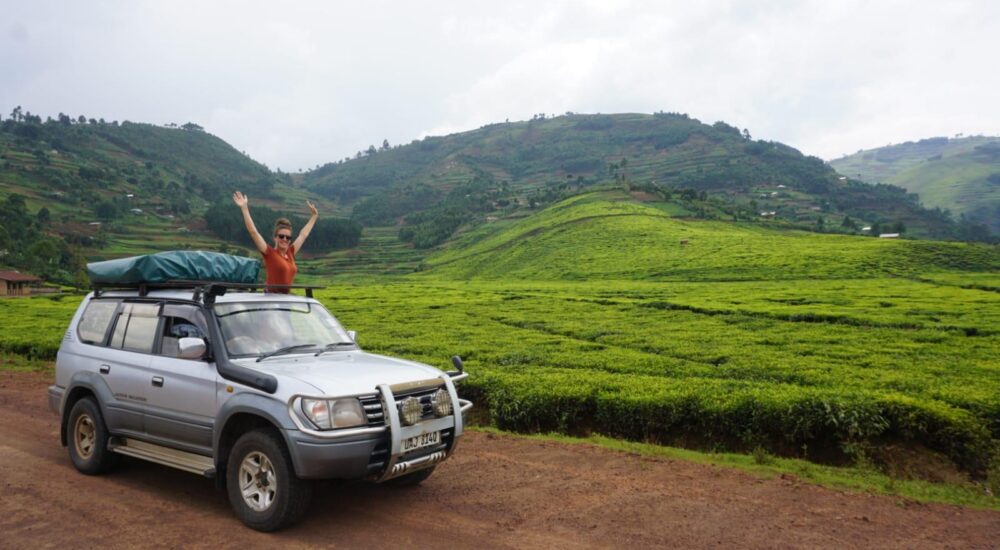Uganda, also known as the "Pearl of Africa," offers an array of experiences for travelers—from…
Best time to visit Victoria Falls
Best time to visit Victoria Falls – When is the best time to visit Victoria Falls in Africa – When to go to Victoria Falls
The best time to see Victoria Falls is between February and May, just after the summer rains, when the world’s biggest sheet of cascading water is at its peak volume. The hard part about visiting Victoria Falls is that the best spray does not coincide with peak safari season in adjacent Chobe, Botswana, or Hwange, Zimbabwe. Swimming in Devil’s Pool and some portions of white-water rapids are also extremely perilous when the water is at its highest and fastest. We do not advocate visiting Victoria Falls during the dry winter season, which runs from October to November, because the water level is at its lowest and the temperature is extremely hot and humid. The low-water season ensures panoramic views (no misty spray) on both sides of Victoria Falls, although the Zambian side (approximately a fifth of its width) may have dried up completely, leaving just a bare rock face. On the Zimbabwean side, water flow is constant, although volume fluctuates with the wet season.
The best time to visit Victoria Falls is determined by how much you want to enjoy the falls and the surrounding area. It is a year-round resort, yet each season brings something new to enjoy. Even when the falls’ water levels are low, you will enjoy wonderful panoramic views and the chance to see countless rainbows above and in the center of the falls, as well as excellent conditions for sports such as white-water rafting. September to November are the warmest months, with temperatures averaging 90–100 °F. The weather is hot and humid from December and April, with temperatures of about 85 °F, while the other months (May to August) with temperatures around 75 °F. The peak season for most tourists lasts from May to September.
The Victoria Falls region receives relatively little rain and has a moderate climate from April to August. During the day, temperatures range from 77 to 86 degrees Fahrenheit (25 to 30 degrees Celsius). However, when it comes to the falls, “dry season” is an oxymoron, especially during the peak months of April and May. Although the falls are at their most stunning and forceful during this time, vision is limited owing to spray and mist, and routes can be treacherous and damp. If you visit around this time, make sure you have appropriate rain gear.
Hot weather can be expected around Victoria Falls between September and April. If you want to see the geological structures and experience the falls on the Zimbabwe side, the low water season between September and November is the best time to come. Because the falls have such low water levels at the end of the dry season, this is only feasible during and soon following the end of the dry season. It is also an excellent time to go whitewater rafting or on safari in adjacent locations, such as the Chobe River. The yearly rains begin in November, and the terrain begins to turn into a beautiful green sanctuary. However, the volume of rain will not rebound until the rainy season continues.


